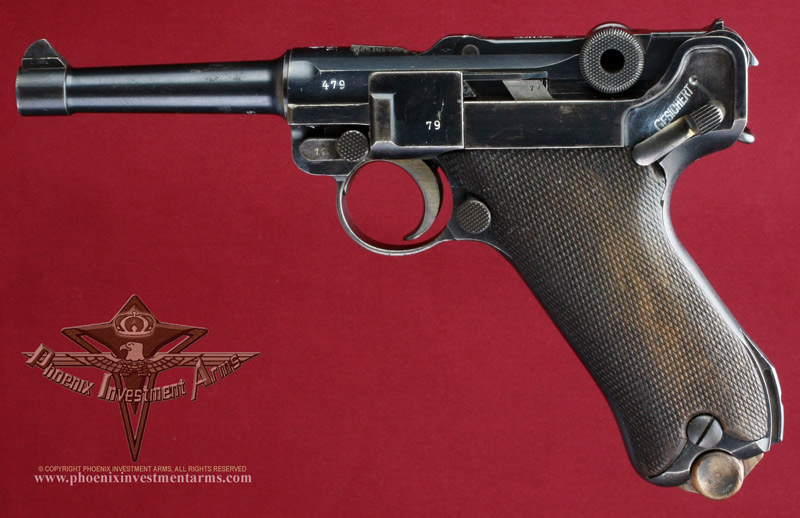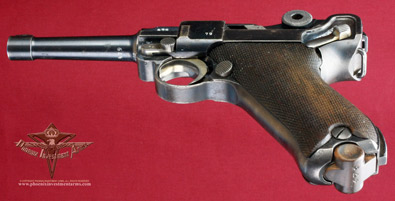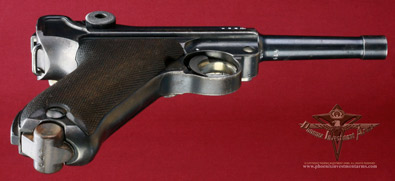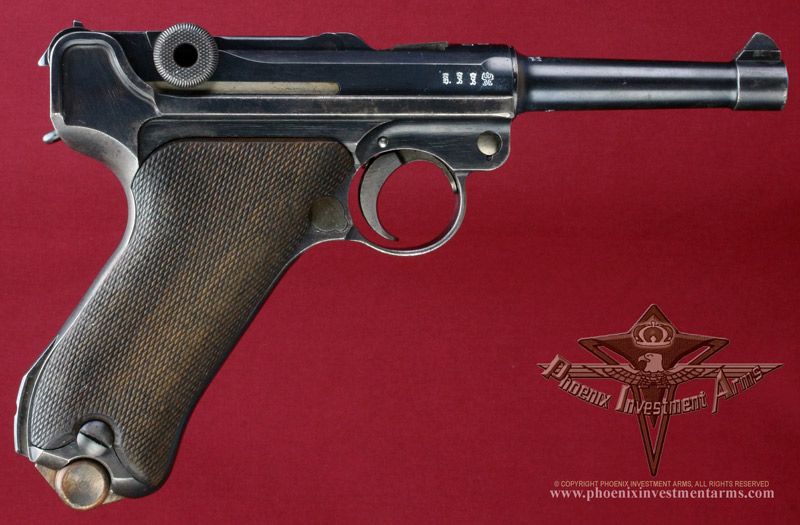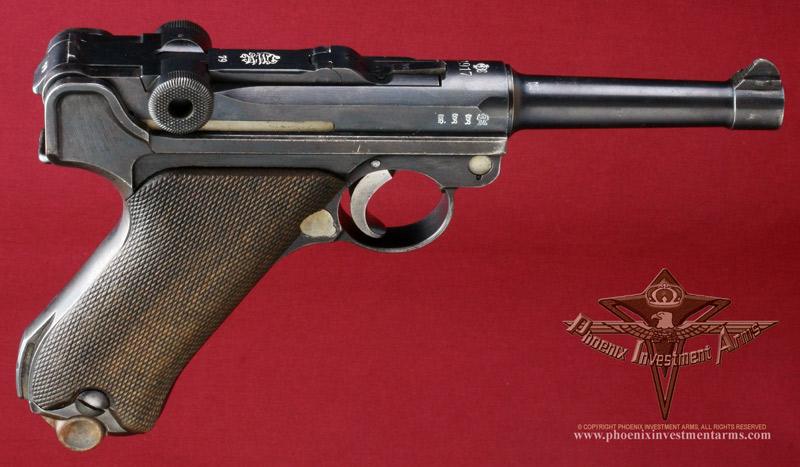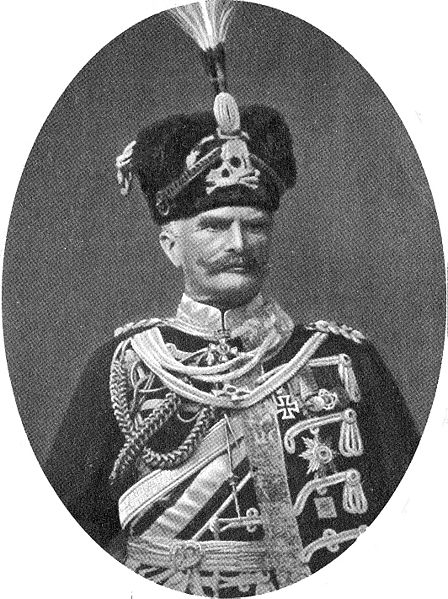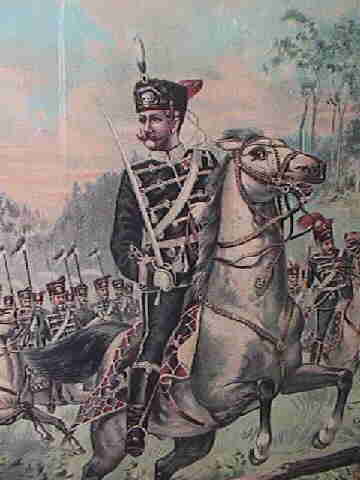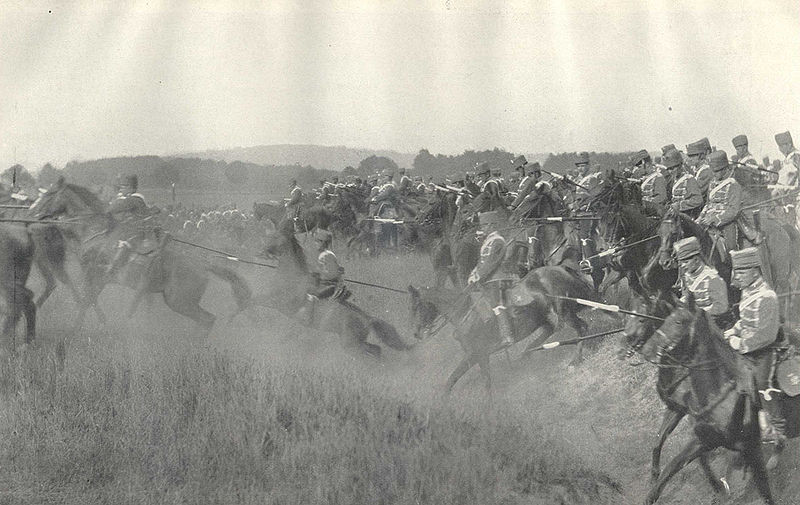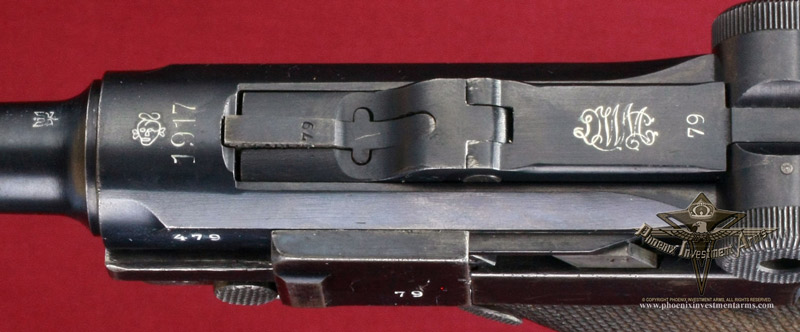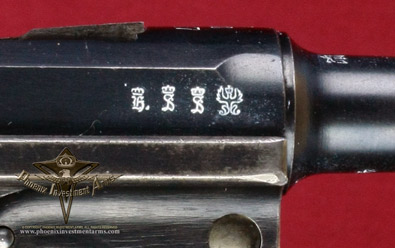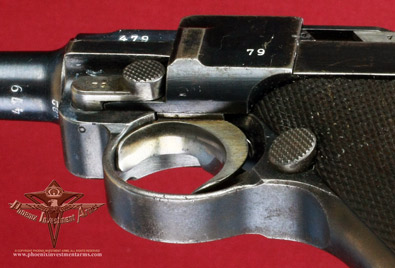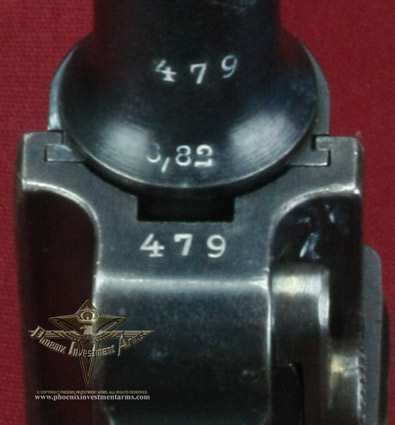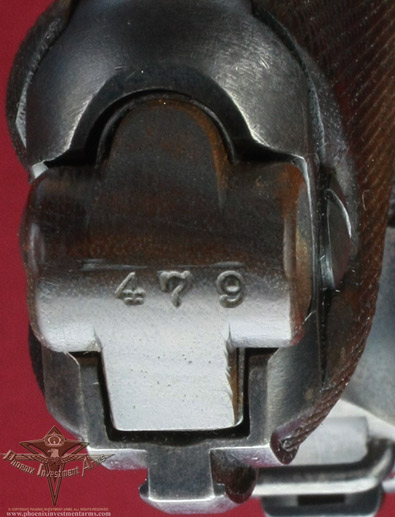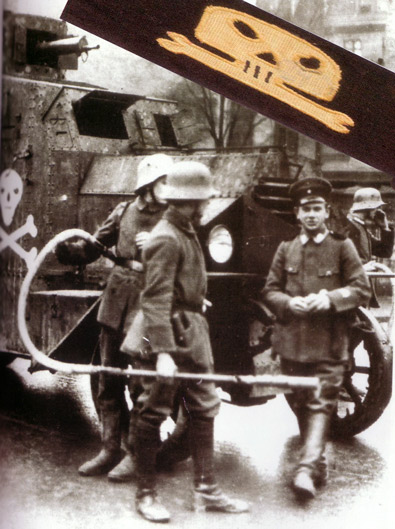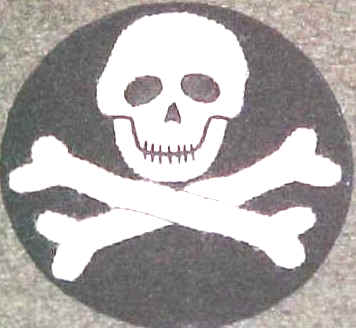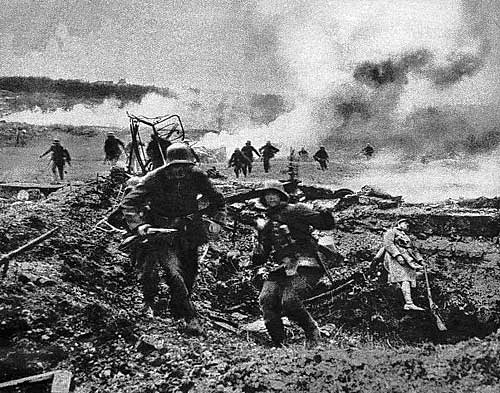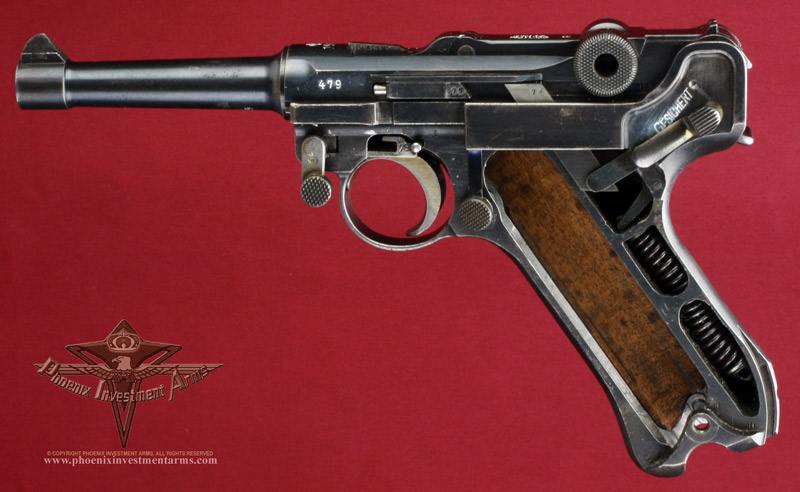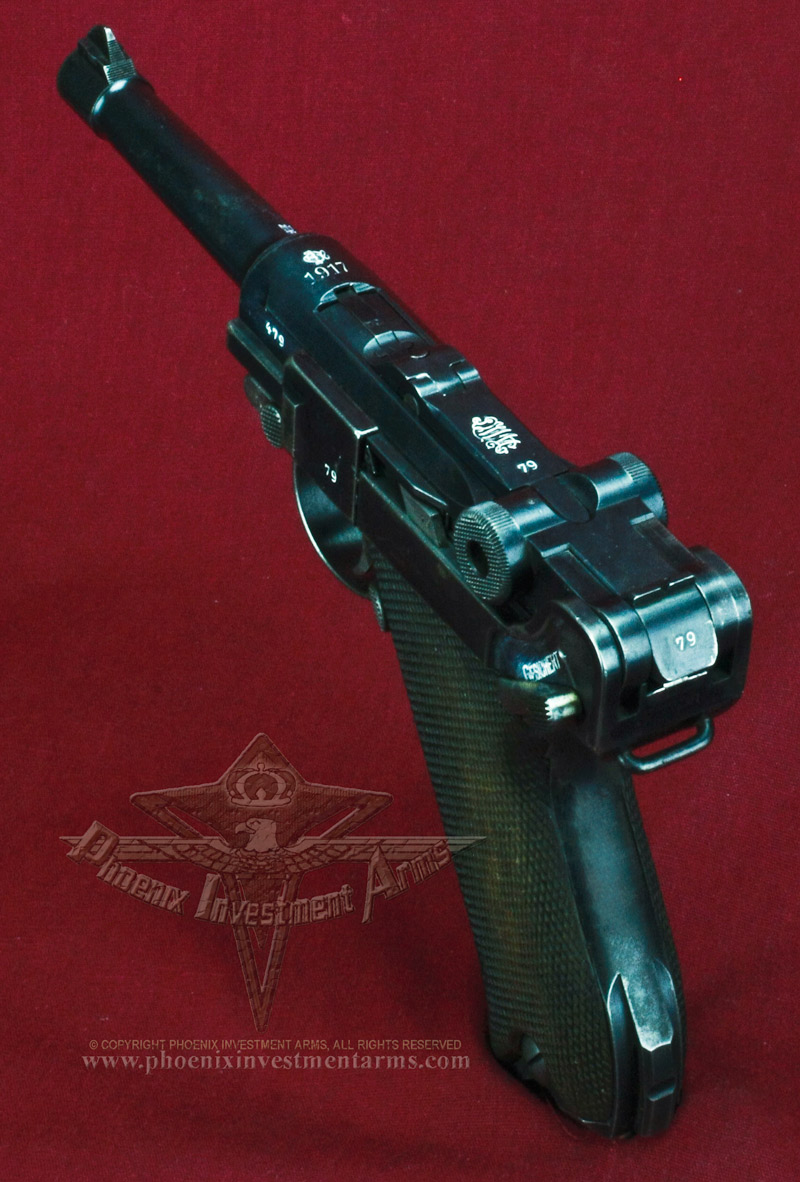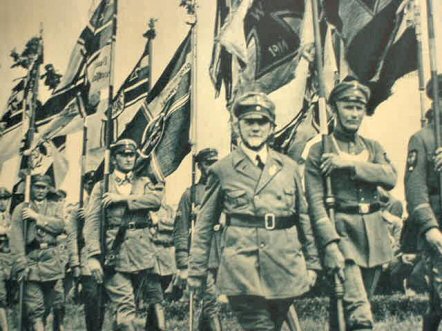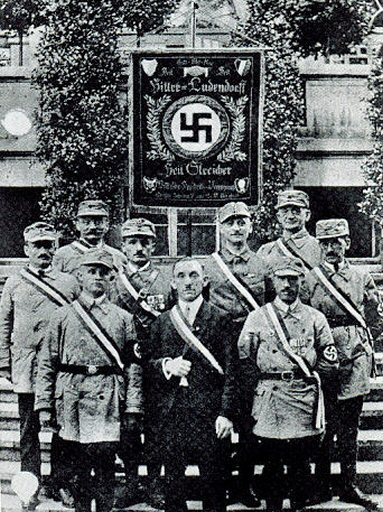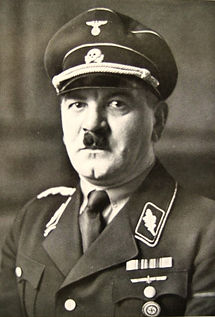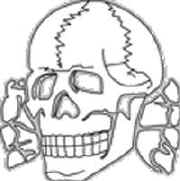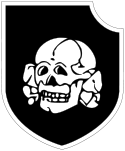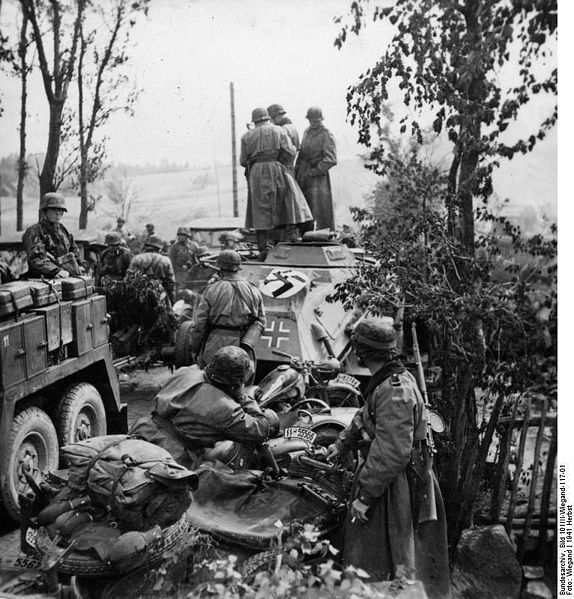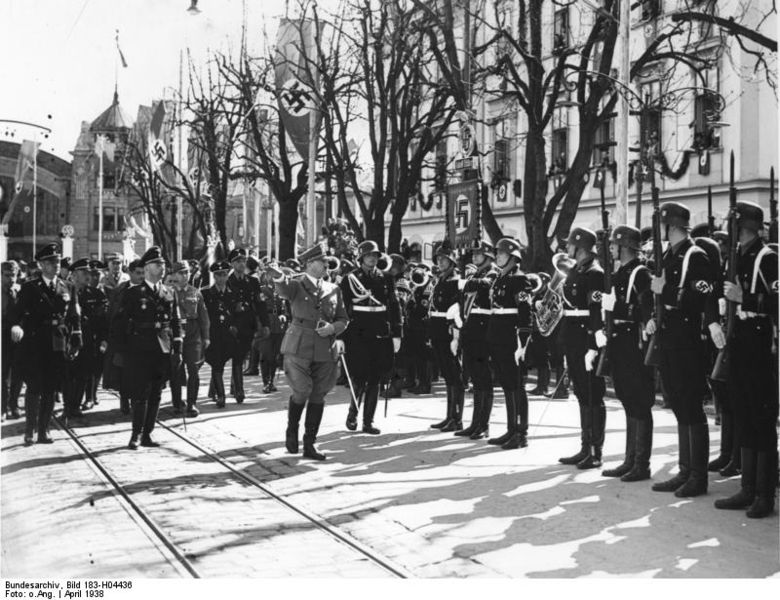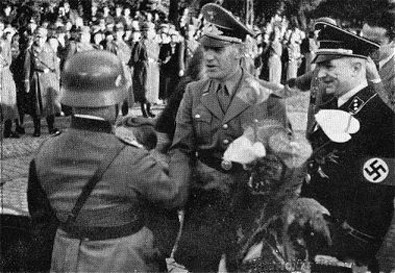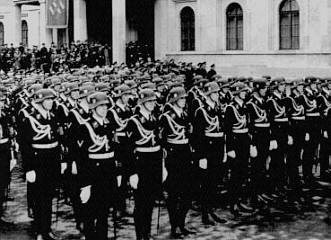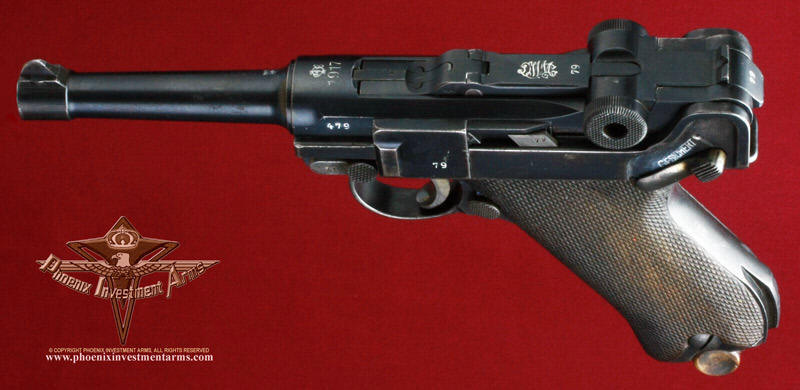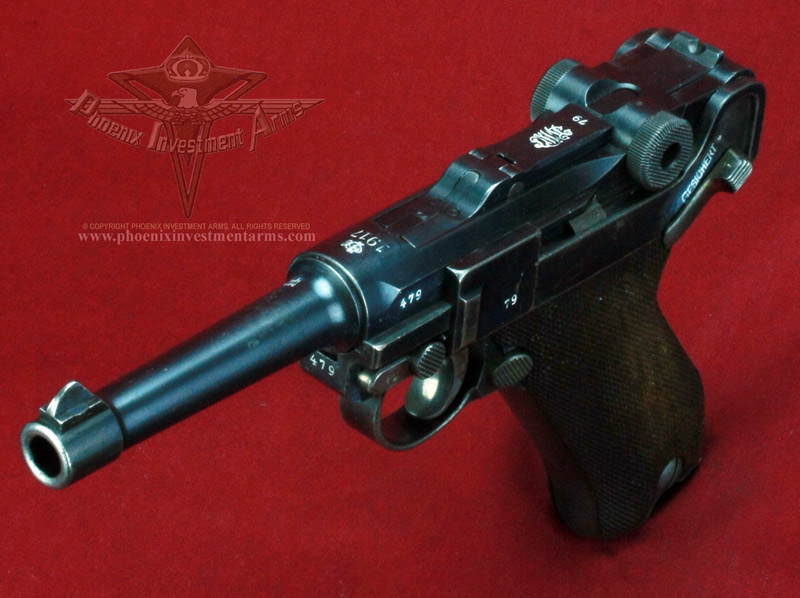On April 1, 1916, the Assault Detachment was redesignated "Assault Battalion Rohr". Around this time it also increased its size from two to four pioneer companies. At the same time, work began on transforming several Jäger battalions into new Assault Battalions.
German Imperial 1917 Death Head (Totenkopf)
PHOENIX INVESTMENT ARMS -
PREMIUM COLLECTOR LUGERS
Genuine German
Luger - Largest Variety of Lugers Offered
Home | Post WWI DWM | Erfurt Lugers | Mauser | Simson Suhl | Krieghoff | Vickers, Ltd | Swiss Bern | Other Guns
Bottom of Page
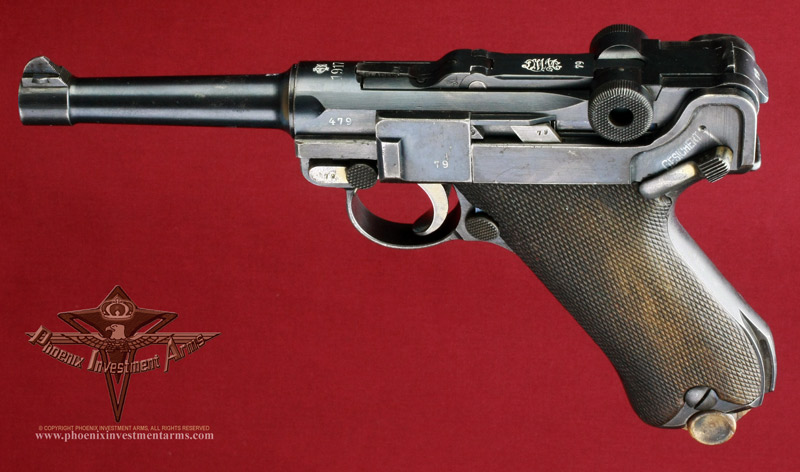 |
|
This is a beautiful example of the 1914 Model DWM (Deutsches Waffen Und Munitionsfabriken Co) Manufactured Pistole-08. The chamber marking represent the military contract year of production and this example is a 1917 dated Luger. (1124) |
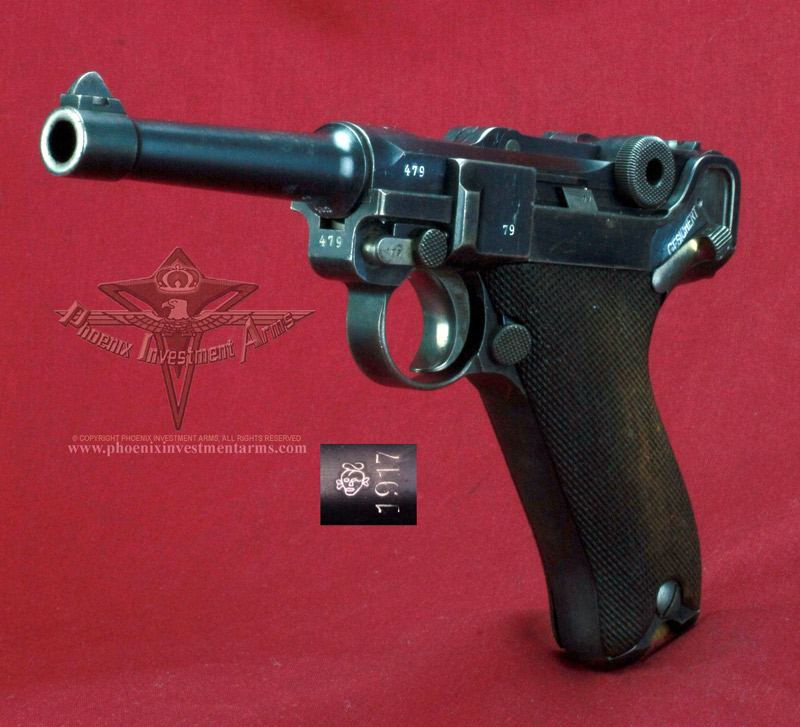 |
|
NOTE: Photographs taken today with the high mega-pixel camera show more than we sometimes can see with the human eye. Magnified close-ups show us tool marks and natural surface conditions that one normally doesn't see in the ordinary handling of the weapon. Photographs are copyrighted, all rights reserved, any extraction, reproduction or display of gun pictures without the express consent of the Phoenix Investment Arms is strictly prohibited. Thank you for your cooperation. |
